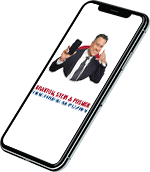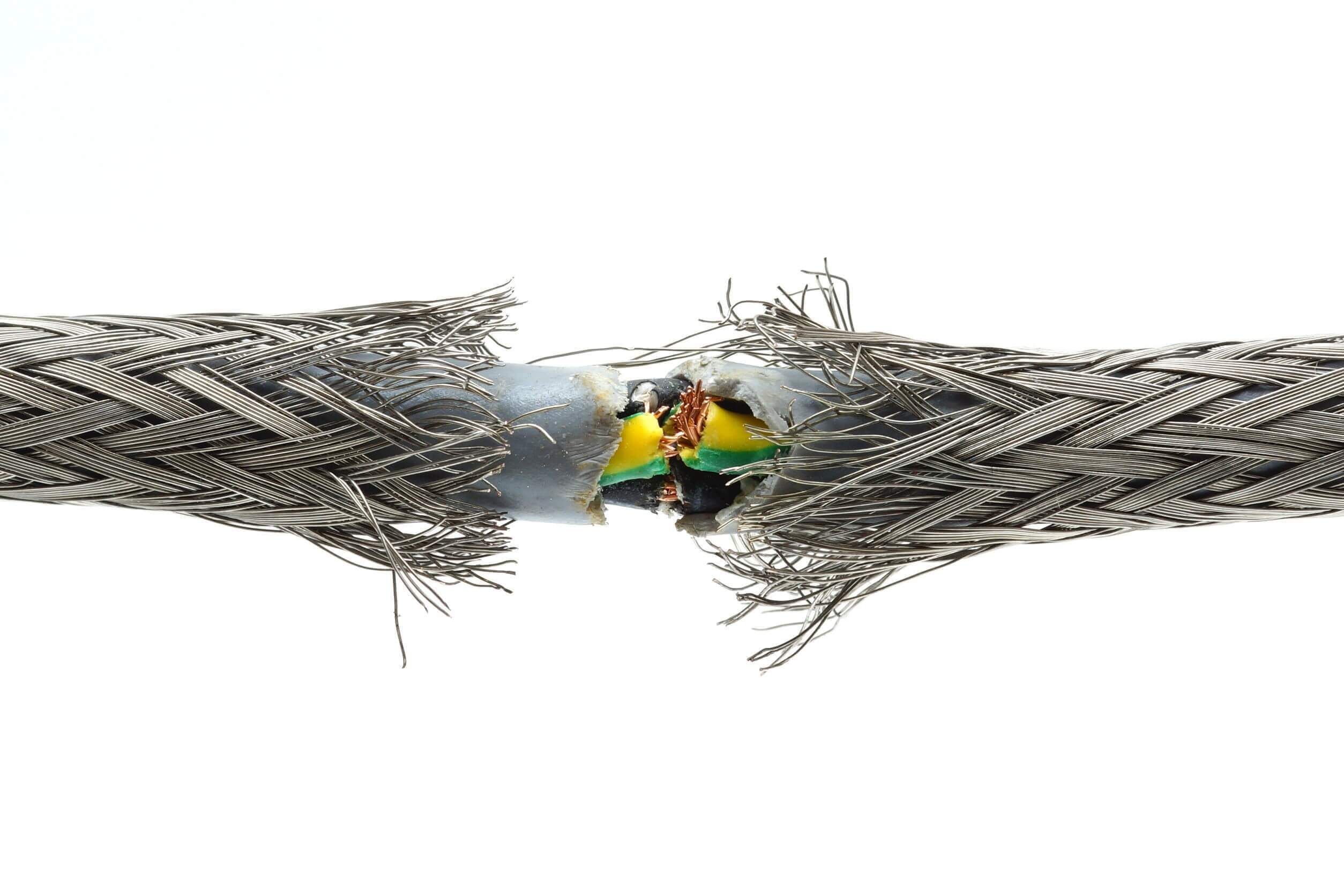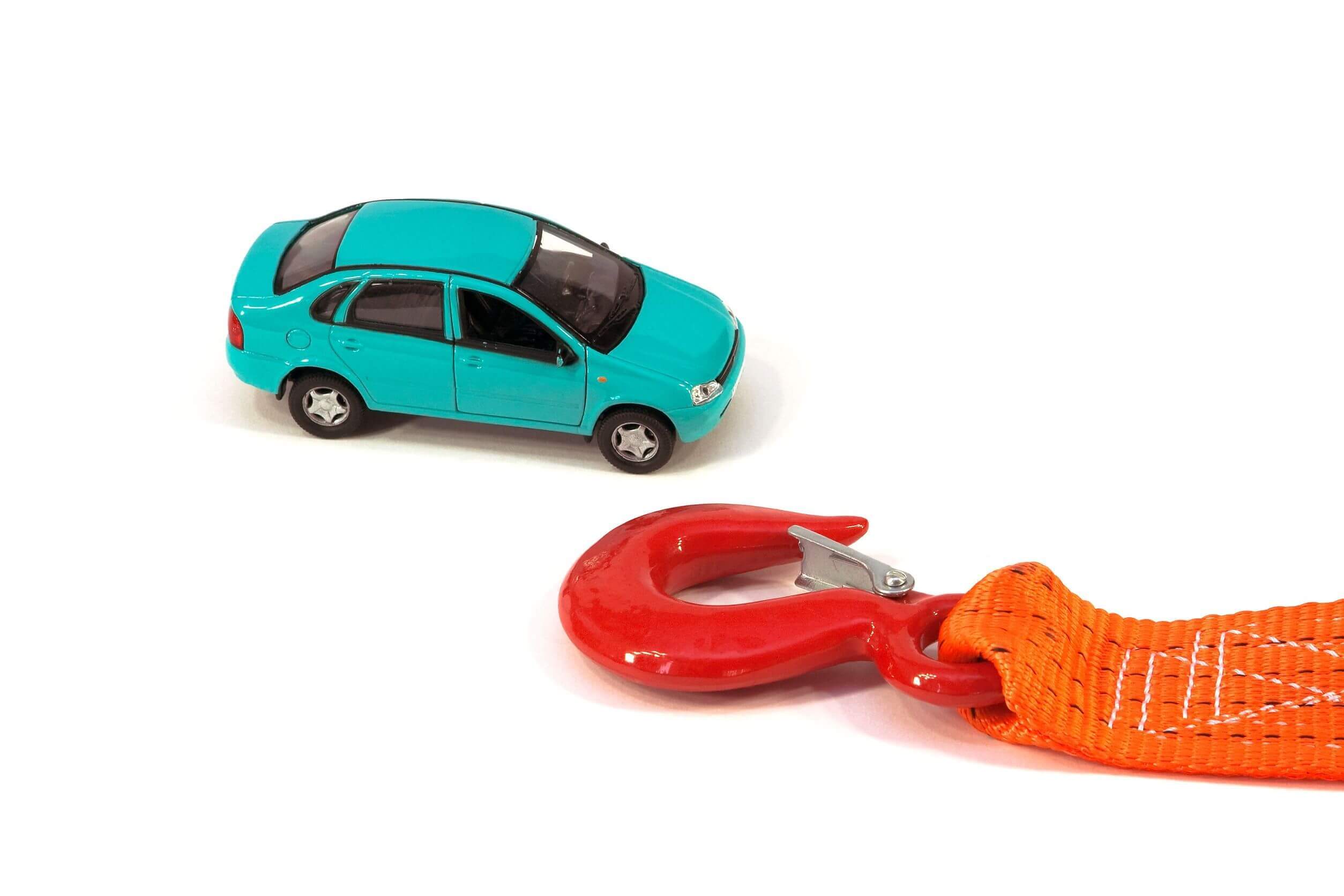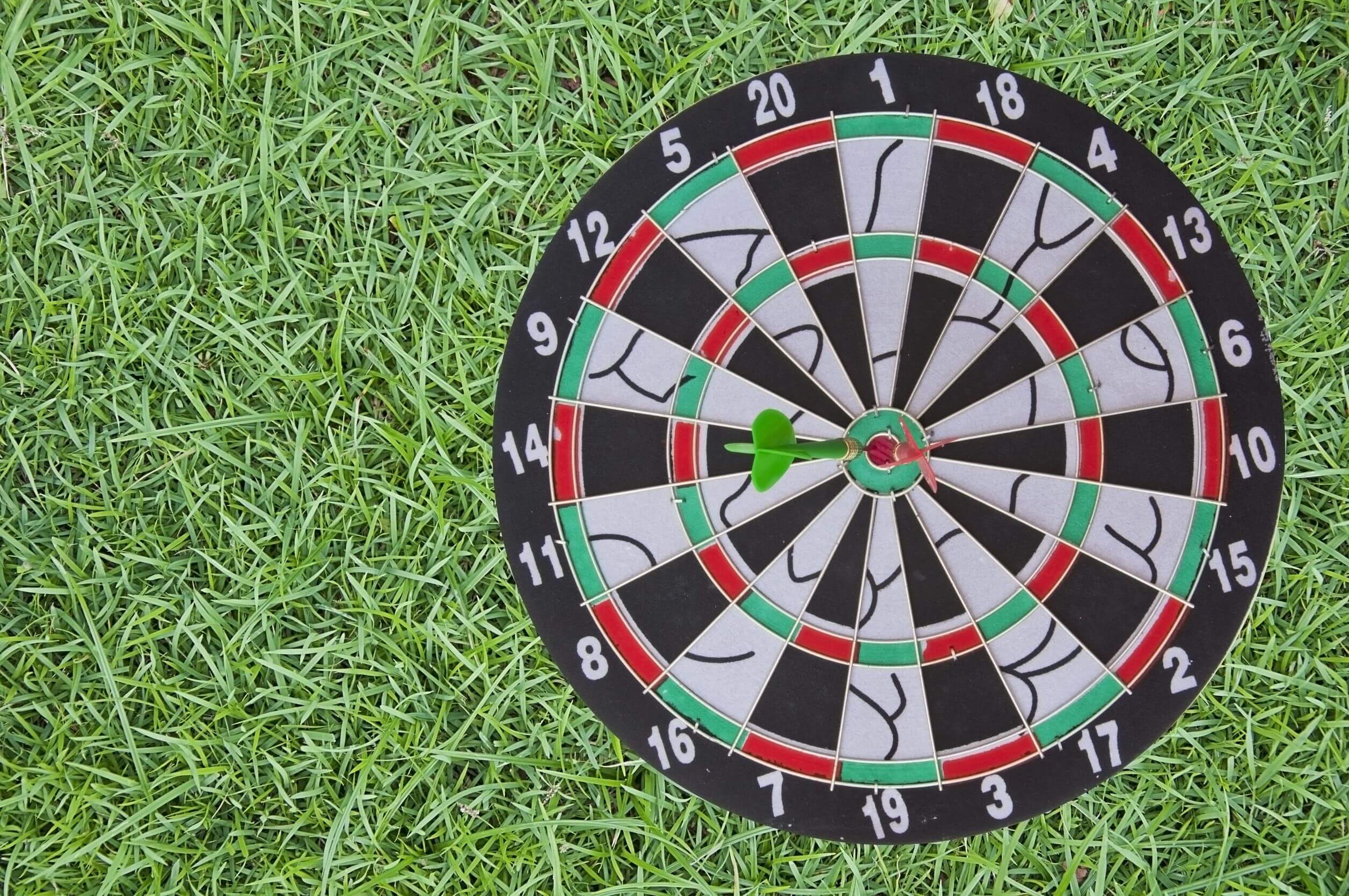As many of us have learned from stepping on a child’s seemingly innocent Lego—sometimes, it’s life’s most wonderful pleasures that bring the most agonizing pain.
Sadly, hundreds of individuals were brought to this conclusion yet again after being burned by their Keurig machines while waiting for their coffee to brew. As NBC recently reported, Keurig is currently recalling almost 7 million coffee makers that were produced between 2009 and 2014. The company stated that it had received about 200 reports from users stating that scalding hot water inexplicably sprayed from their machines. Ninety of these incidents resulted in burn-related injuries.
Product Defects
This is a huge recall for Keurig, the coffee brewing company that has become a household name for many Americans. But large-scale recalls like this are far from unheard of, even for major corporations.
In 1982, Tylenol recalled approximately 31 million bottles after 13 people died after taking the iconic pills (an event that eerily predicts our current problem with prescription drug defects). In 2007, 1 million Easy Bake Ovens were recalled after Hasbro received several complaints about young children being burned on the toy. And just last year, car manufacturer GM recalled approximately 26 million cars with faulty ignition switches that had led to 31 auto accidents.
Is any company—or product—safe from recalls? Unfortunately, probably not. There are simply too many things that can go wrong in the assembly process that can result in products being defective in any number of ways.
Product recalls are generally a result of one of three types of defects:
- Design flaws. Design flaws are generally those that permeate all products in a certain line, because the problem is inherent in the very blueprint of the product. Design flaws are present in products even if they were manufactured perfectly.
- Manufacturing flaws. Manufacturing flaws are those that occur as a result of a manufacturing error – a mistake made during the physical process of building the product. These defects are usually only present in one type of product—that is, one particular product that had to undergo a specialized manufacturing process—and do not apply to an entire product line.
- Failure to provide adequate warning. This is the most easily avoidable type of defect. So-called “failure to warn” defects are those that fail to provide adequate notice about the proper way to use a certain product. These defects are particularly dangerous on products that can be seriously damaging to the user if used improperly, such as power tools or large appliances.
Because any of the above product defects can result in harm to you or your family, and because manufacturers have a duty to create products that won’t cause harm when being used properly, it is vital that you hold them responsible.
What Can You Do?
Unfortunately, product defects can sometimes result in serious personal injury. From minor bruises as a result of an improperly assembled chair to severe physical injuries and even death that can occur due to an improperly manufactured brake pedal.
Even if you find yourself going up against a large corporation, don’t be afraid to stand firm and defend yourself. Companies have a responsibility to consumers to keep them safe, and if any company fails to do so, you need to fight back both to keep something like this from happening to another person and to get the compensation you need to adequately cover your pain, suffering, and expenses. Contact the law offices of The South Florida Injury Law Firm today and get the justice you deserve.
About the Author:
Jeffrey Braxton is a trial lawyer in Fort Lauderdale who has devoted his 22-year career to the practice of personal injury law. As lead trial attorney for The South Florida Injury Law Firm, Jeff has litigated thousands of cases and is a member of the Million Dollar Advocates Forum, an exclusive group of attorneys who have resolved cases in excess of one million dollars.








